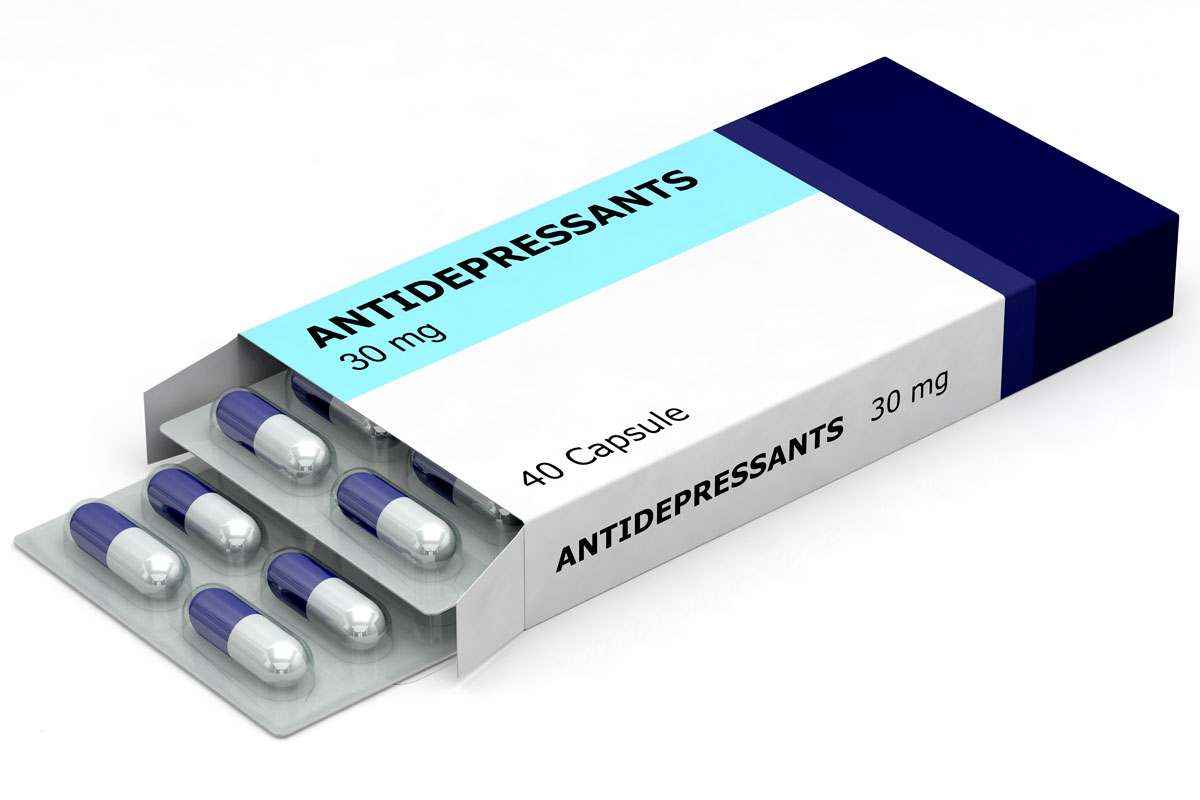Patients are screened for nutritional risk as part of the initial assessment with the application of screening criteria to gather information on nutritional status or functional status – often done by nurses, which must also be completed routinely within 24 hours of admission to the hospital or at an earlier time period.
I had covered at length on this requirement as you can follow from the posts (each of the following links will open in a separate new tab of your current browser window) Hospital screening criteria data to identify patients with nutritional or functional needs and 6 steps in documenting hospital screening to identity patients with nutritional or functional needs.
A patient identified with nutritional or functional needs i.e. at nutrition risk, is referred to a nutritionist for further assessment and a collaborate plan for nutrition therapy is carried out by doctors, nurses, and the dietetics service, and when appropriate with the help of the patient’s family. The nutritionist monitors at intervals the patient’s progress from the nutrition therapy, the nutritionist’s reassessment throughout this special care process is part of all reassessment by all the patient’s health care practitioners as the key to understanding whether care decisions are appropriate and effective, and records the progress in the patient’s record.
So what is nutrition therapy?
A patient is after a burn or surgery. Another patient is with a high fever, or suffering from acute diarrhoea. Yet another patient is with diabetes mellitus, a disorder throughout life. One other patient is suffering an acute illness with coronary or vascular disorders.
Nutrition is a vital component of therapy for the above listed disorders. According to (eds. Catherine, Benjamin, Robert, Katherine, & Thomas 2014, p. 1162), “use of the term therapy recognizes the role of nutrition in affecting patient outcome and acknowledges the demonstrable risks and benefits to nutrition intervention in both the short term and the long term.”
So, nutrition therapy is required with a high protein intake to rebuild, repair and heal body tissues after a burn or surgery. Nutrition therapy is provided when a patient needs fluids and electrolytes to replace what is being lost due to haemorrhaging, vomiting, and perspiring profusely. Because most serum glucose depends on dietary intake, nutrition therapy is a vital component in the prevention and management of diabetes mellitus which necessitates a special diet plan. Nutrition therapy is again necessary with a special diet limiting or modifying the fat and sodium intake for a patient with coronary or vascular disorders.
Thus, Health Information Management (HIM) / Medical Records (MR) practitioners will find within medical records, progress notes with the nutritional care of the patient met in accordance with the doctor’s orders which includes the nutrition therapy, and the patient’s progress from the nutrition therapy documented by the nutritionist.
I think medical records will only be complete if a patient at nutrition risk undergoing nutrition therapy has his or her medical record showing progress notes from the nutrition therapy documented by the nutritionist. This particular instance of medical record completeness must be satisfied irrespective of your type of hospital, either it is or it is not already Joint Commission International (JCI) accredited or seeking JCI accreditation status or undergoing re-survey for JCI accreditation status, but if it is, then your hospital will need to comply with JCI Standard COP.5 which requires that “Patients at nutrition risk receive nutrition therapy.”
If JCI Standard COP.5 and its four (4) Measurable Elements are complied satisfactorily, then your medical record also complies with the JCI Standard MCI.19.1 which states that “The clinical record contains sufficient information to identify the patient, to support the diagnosis, to justify the treatment, to document the course and results of treatment, and to promote continuity of care among health care practitioners.”
Before I end, some of you may be wondering what’s the difference between a dietitian and a nutritionist? I am not going to elaborate much on this but since I have used the terms dietitian and nutritionist in three related posts on nutrition, I know for certain that dietitians and nutritionists are both food and nutrition experts respectively. You may find out more on dietitians and nutritionists from the Academy of Nutrition and Dietetics (United States) and from the University of Maryland Medical Center, United States. Some say dietitians are considered to be nutritionists, but not all nutritionists are dietitians.
References:
- Catherine, AR, Benjamin, C, Robert, JC, Katherine, LT & Thomas, LT (eds.) 2014, Modern nutrition in health and disease, 11th ed, Lippincott Williams & Wilkins, Philadelphia, USA
- Joint Commission International, 2010, Joint Commission International Accreditation Standards For Hospitals, 4th edn, JCI, USA
- Sylvia, ES 2012, Nutrition and diagnosis-related care, 7th edn, Lippincott Williams & Wilkins, Philadelphia, USA






























Interested readers can read about dietitians and nutritionists from the Malaysian perspective available at http://www.anmp.org.my/what-is-nutritional-medicine, an Internet link of the The Association of Nutritional Medicine Practitioners, Malaysia (Persatuan Pengamal Perubatan Nutrisi, Malaysia – in Malay)
Interested readers can also read about “Who is a Dietitian” from http://dietitians.org.my/about/who-is-a-dietitian/, a link from the The Malaysian Dietitians’ Association (MDA),